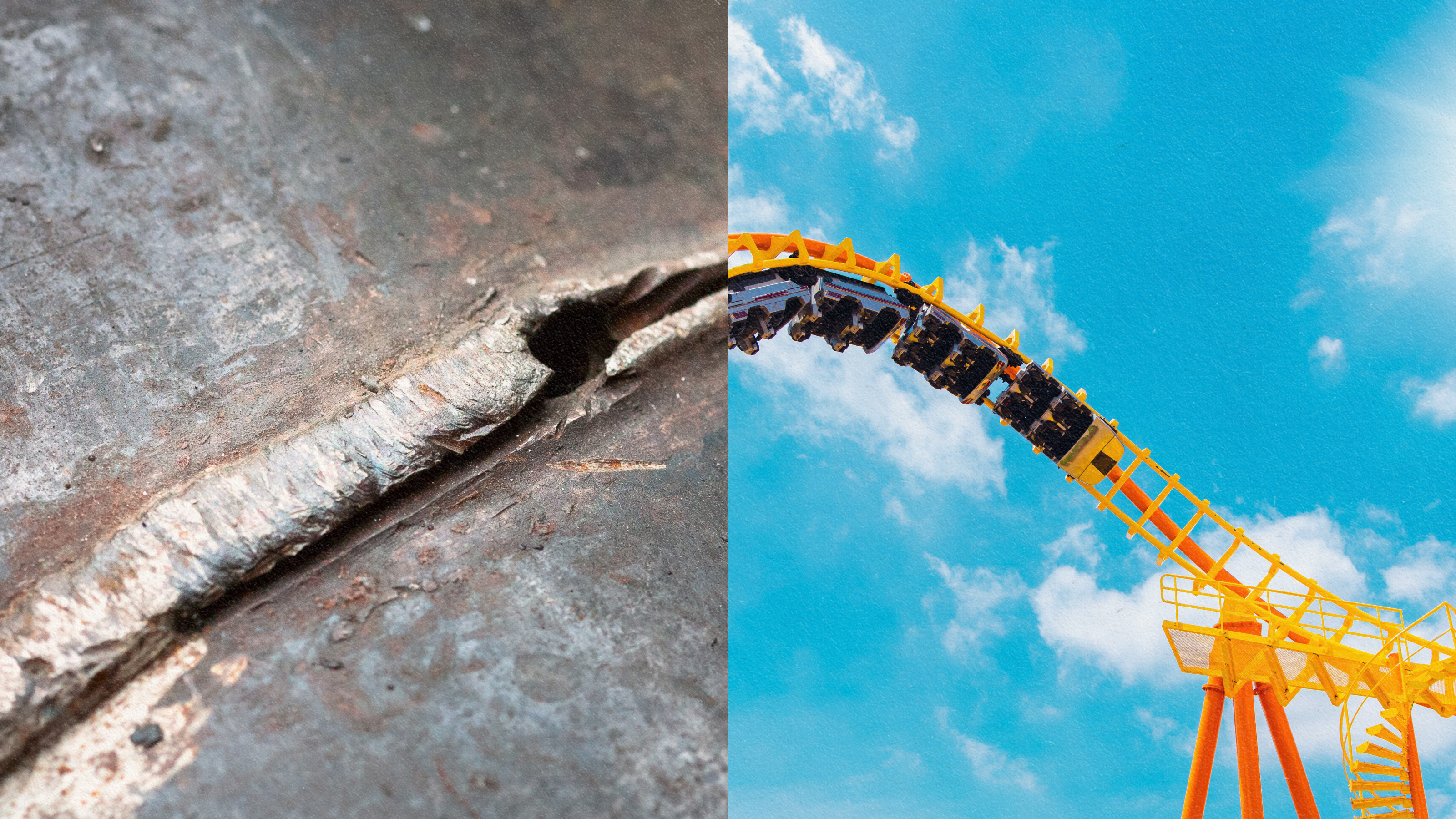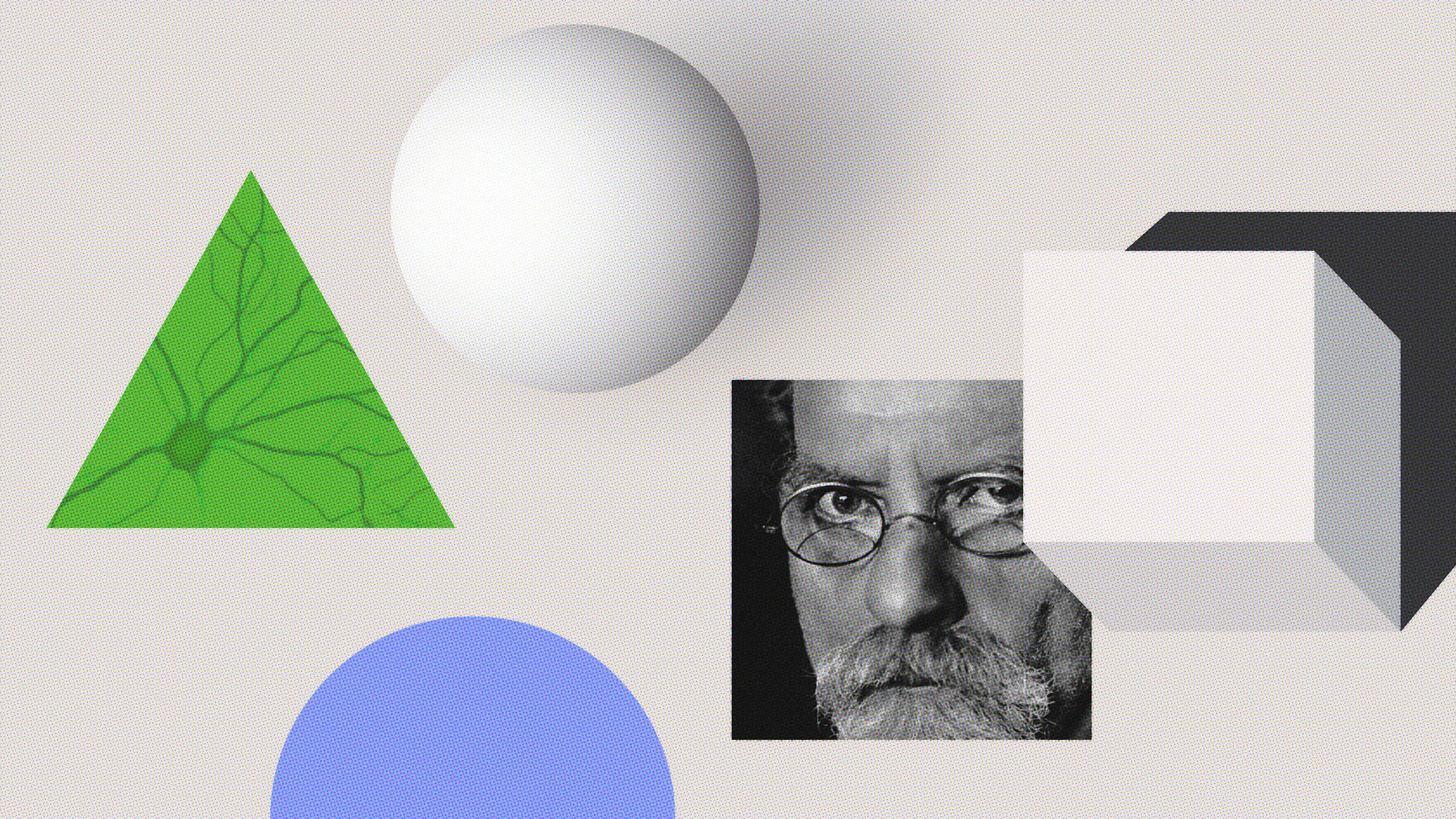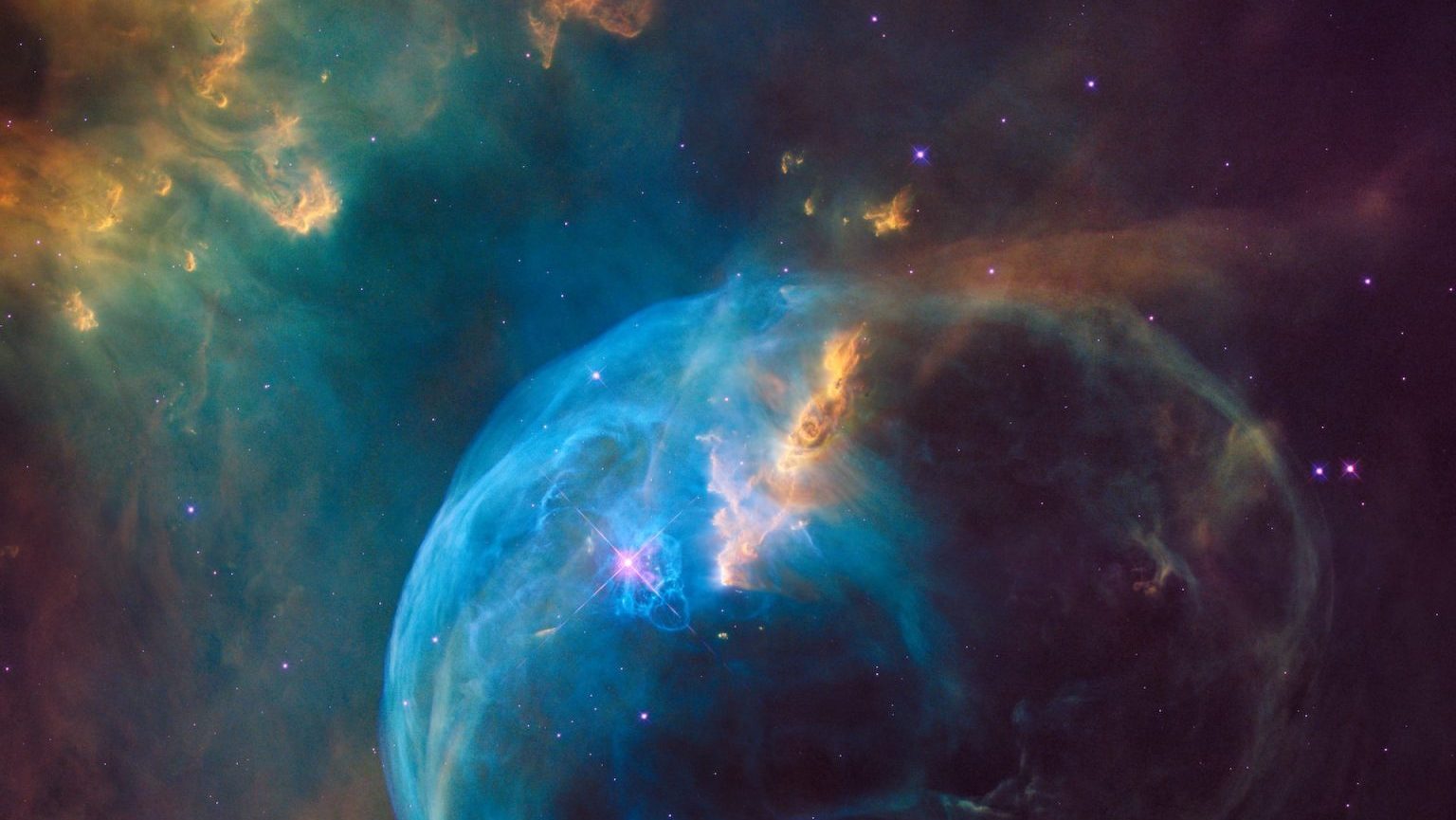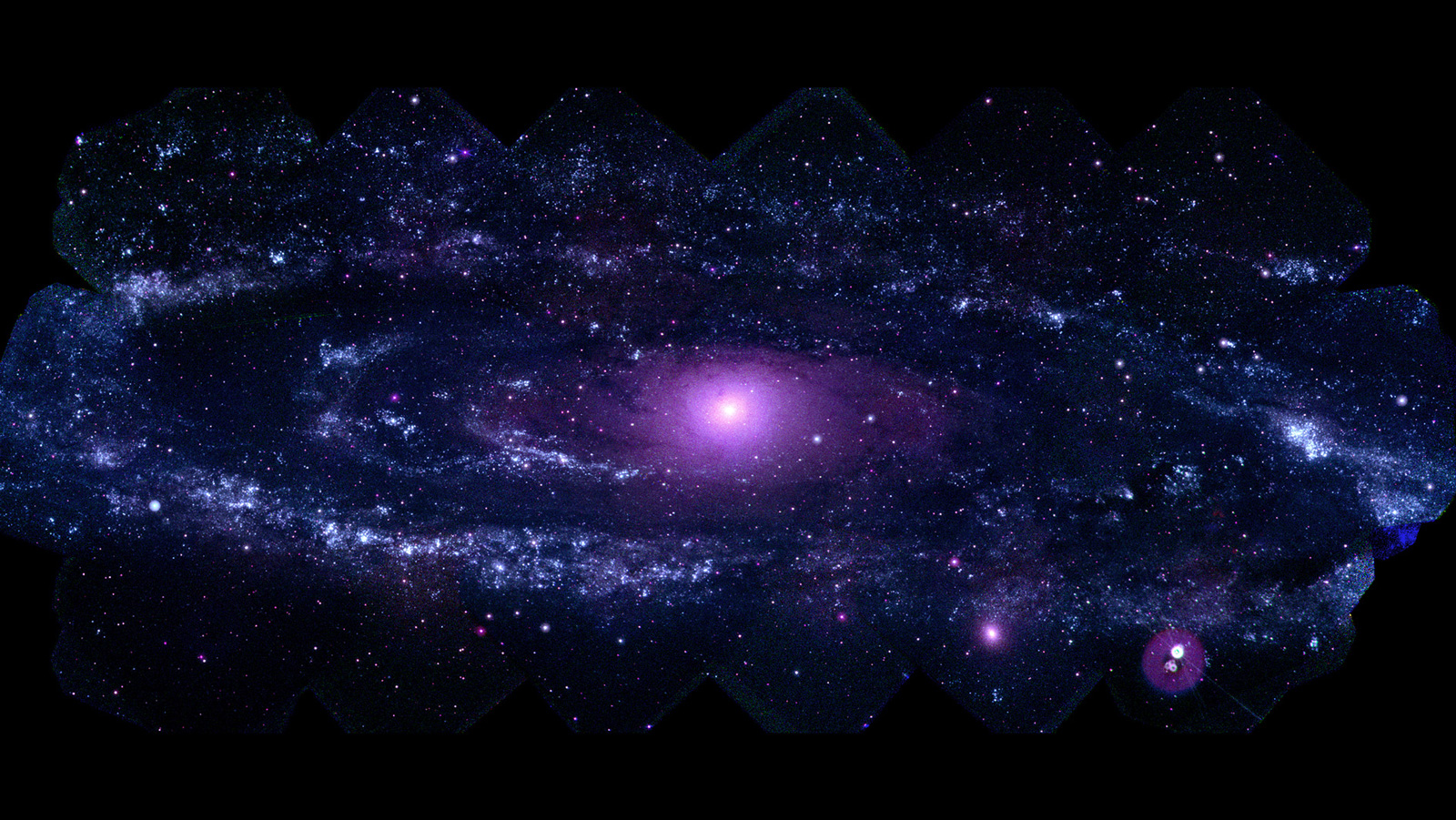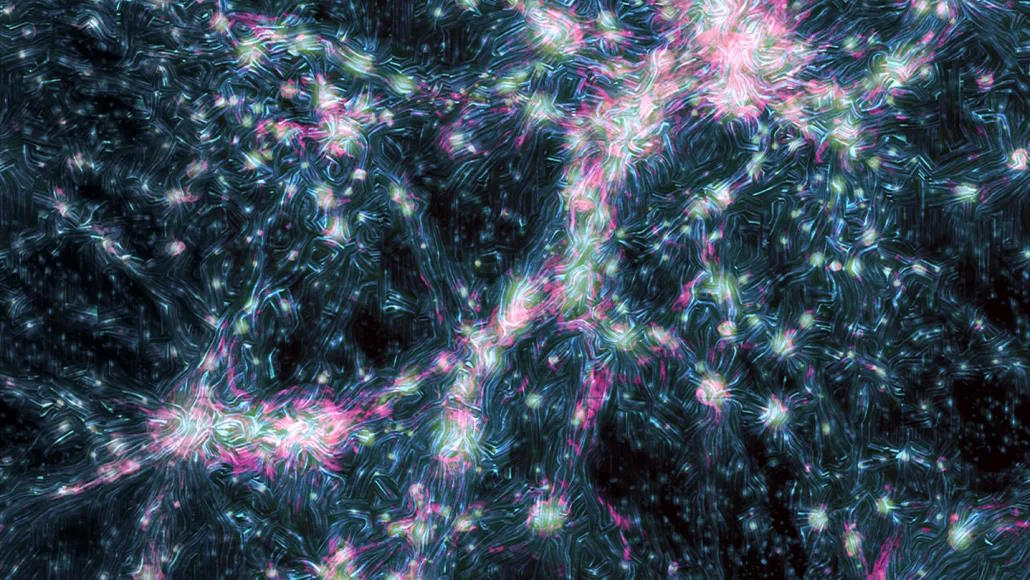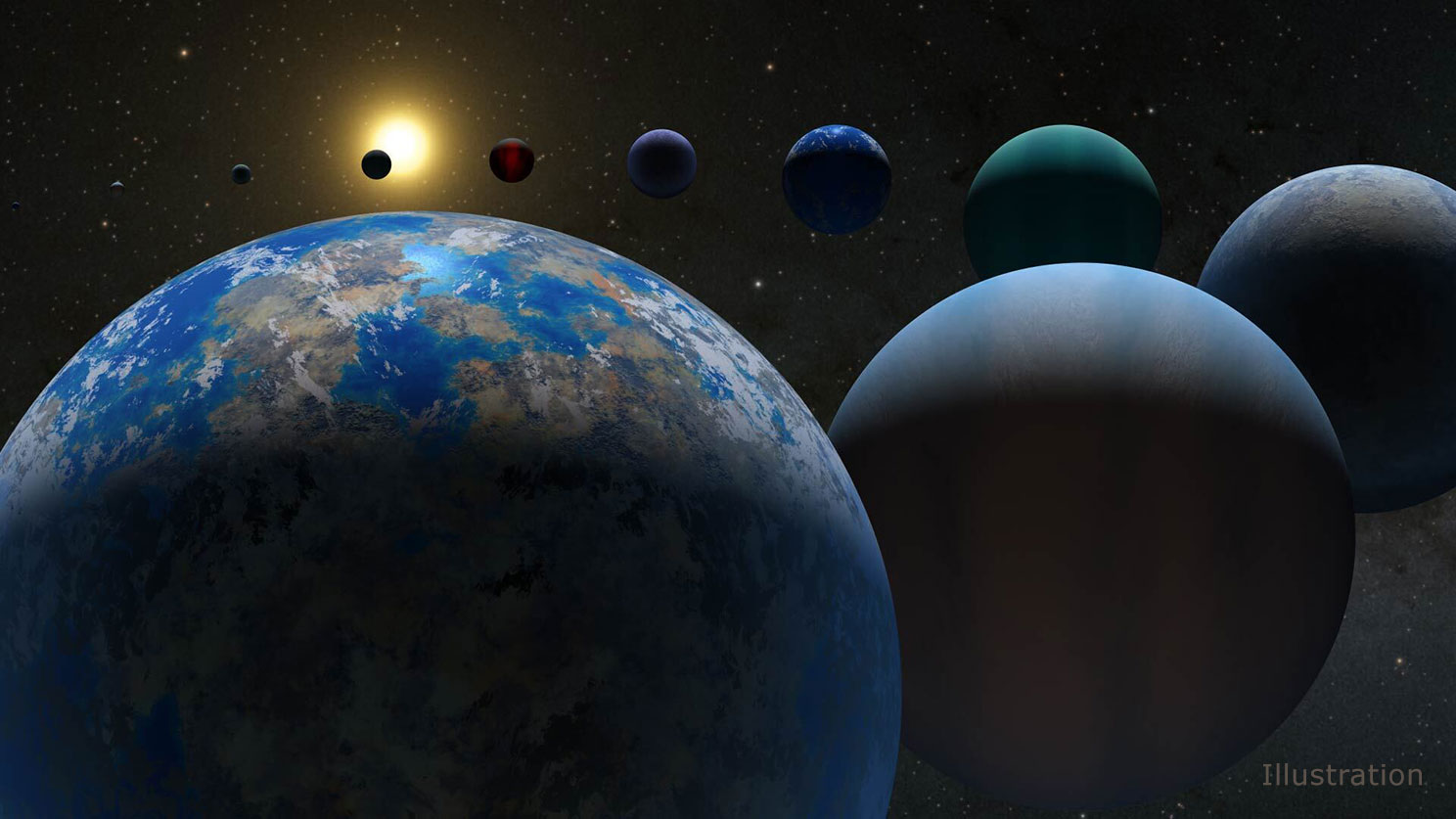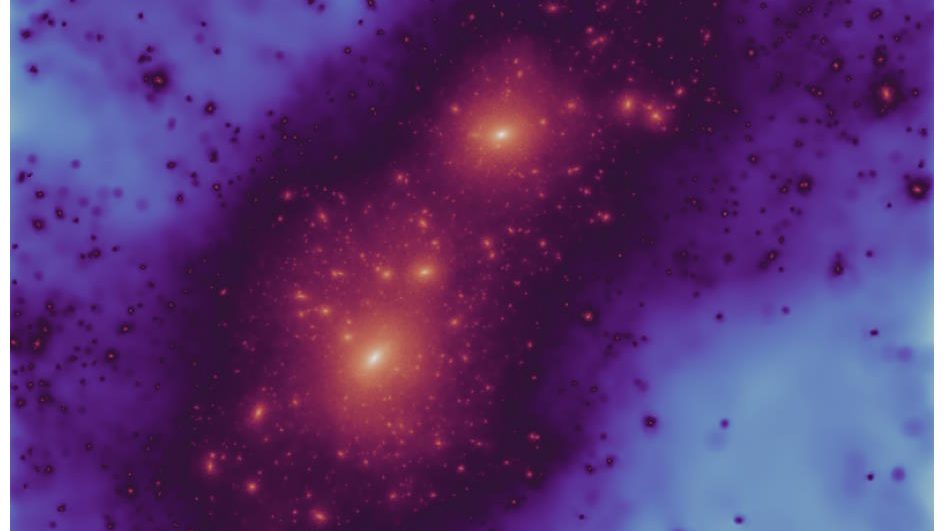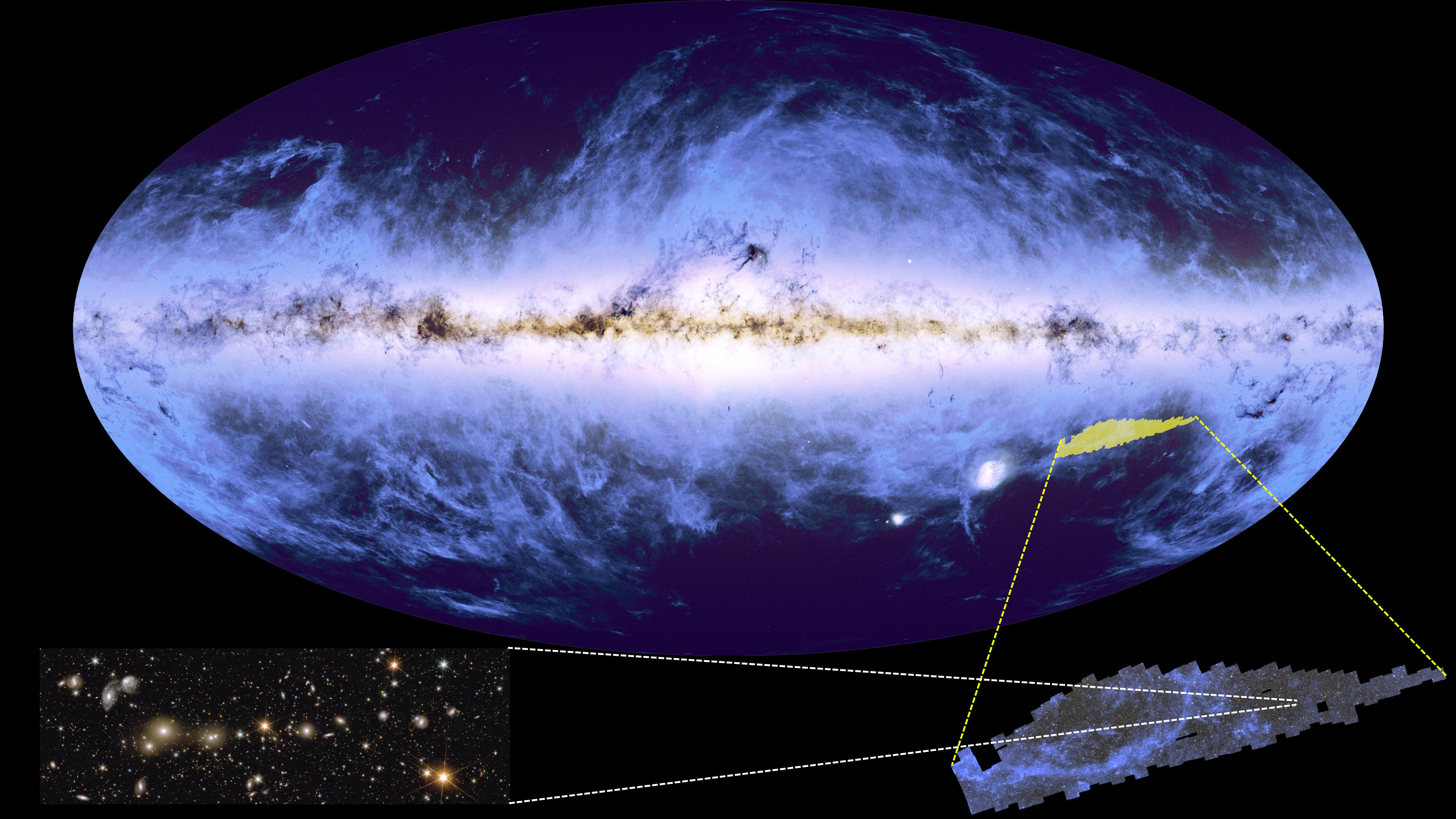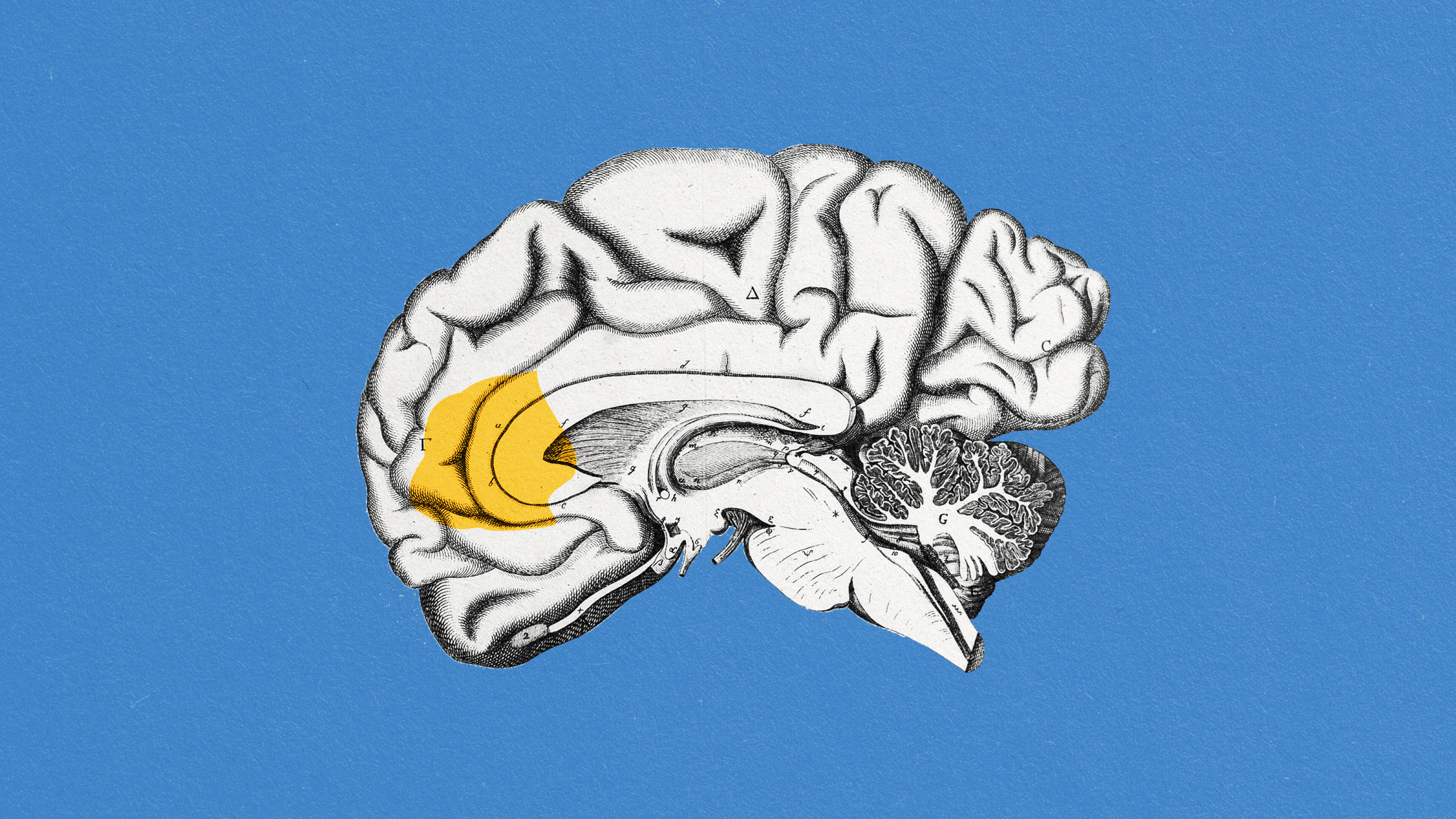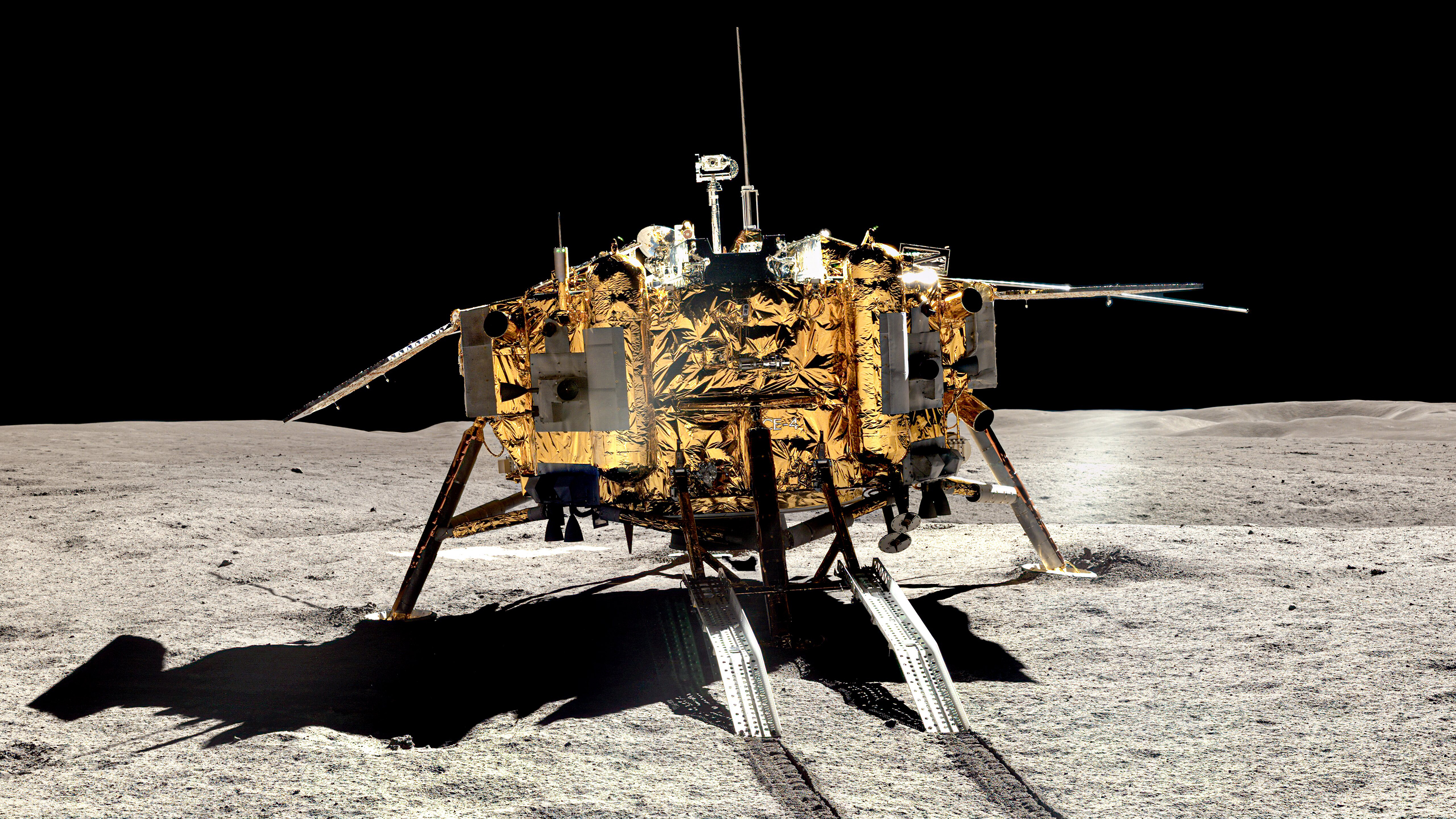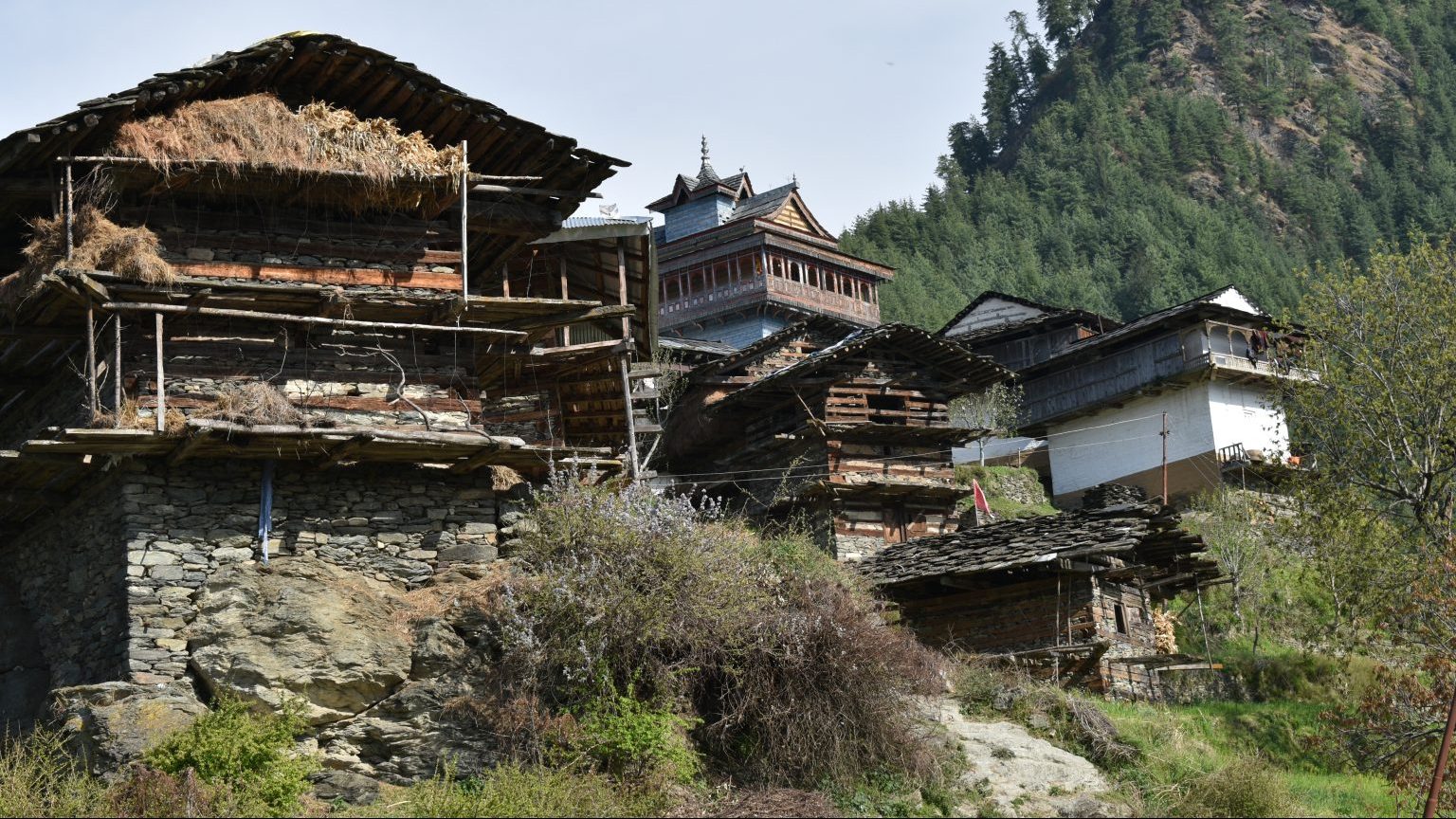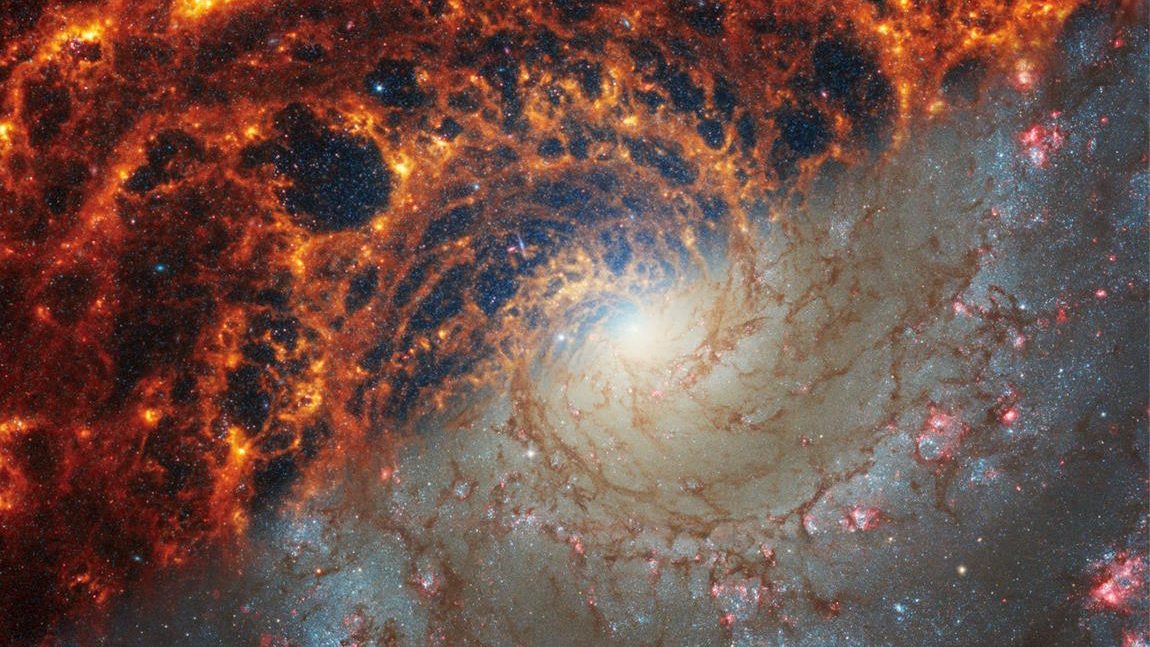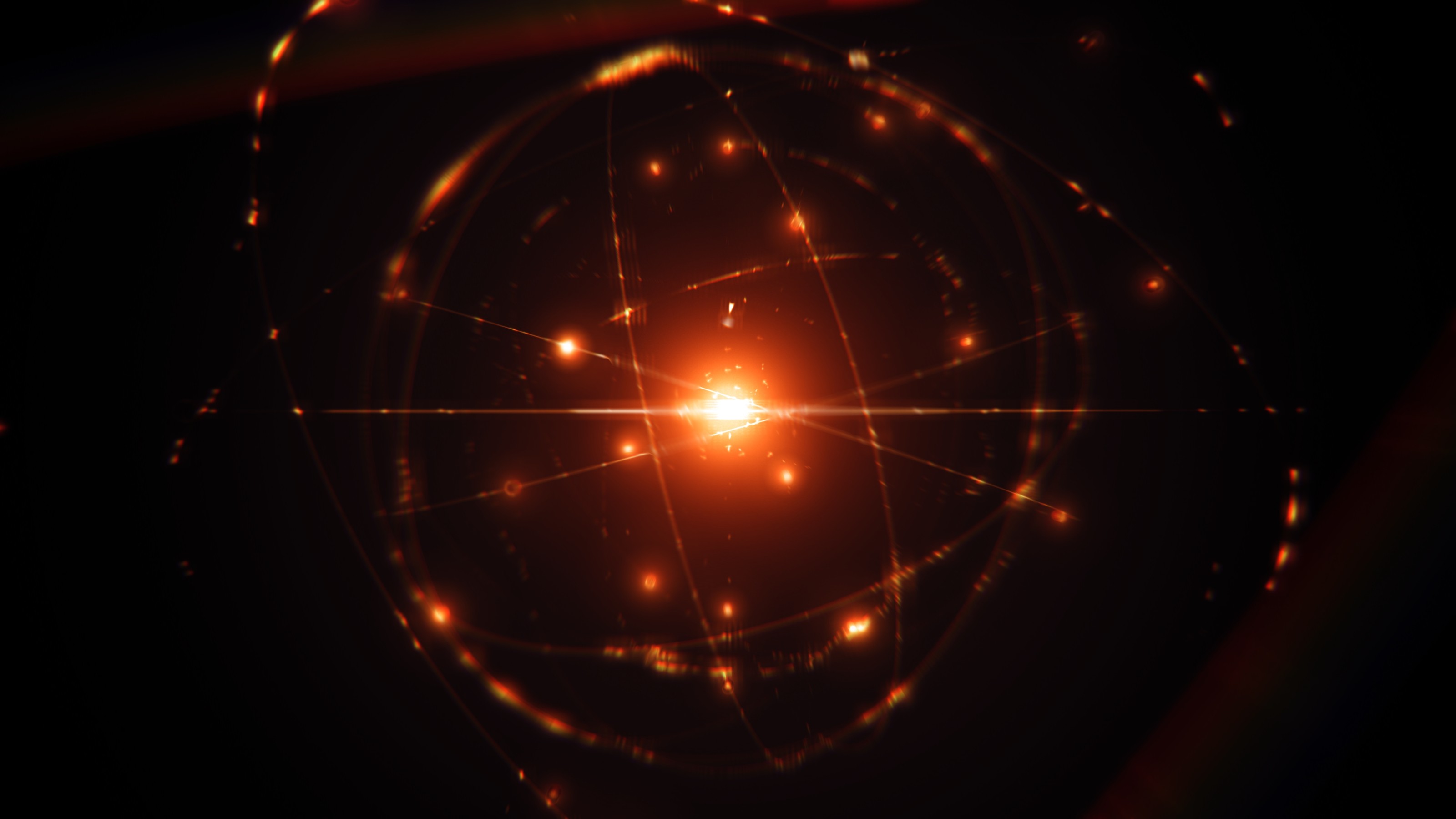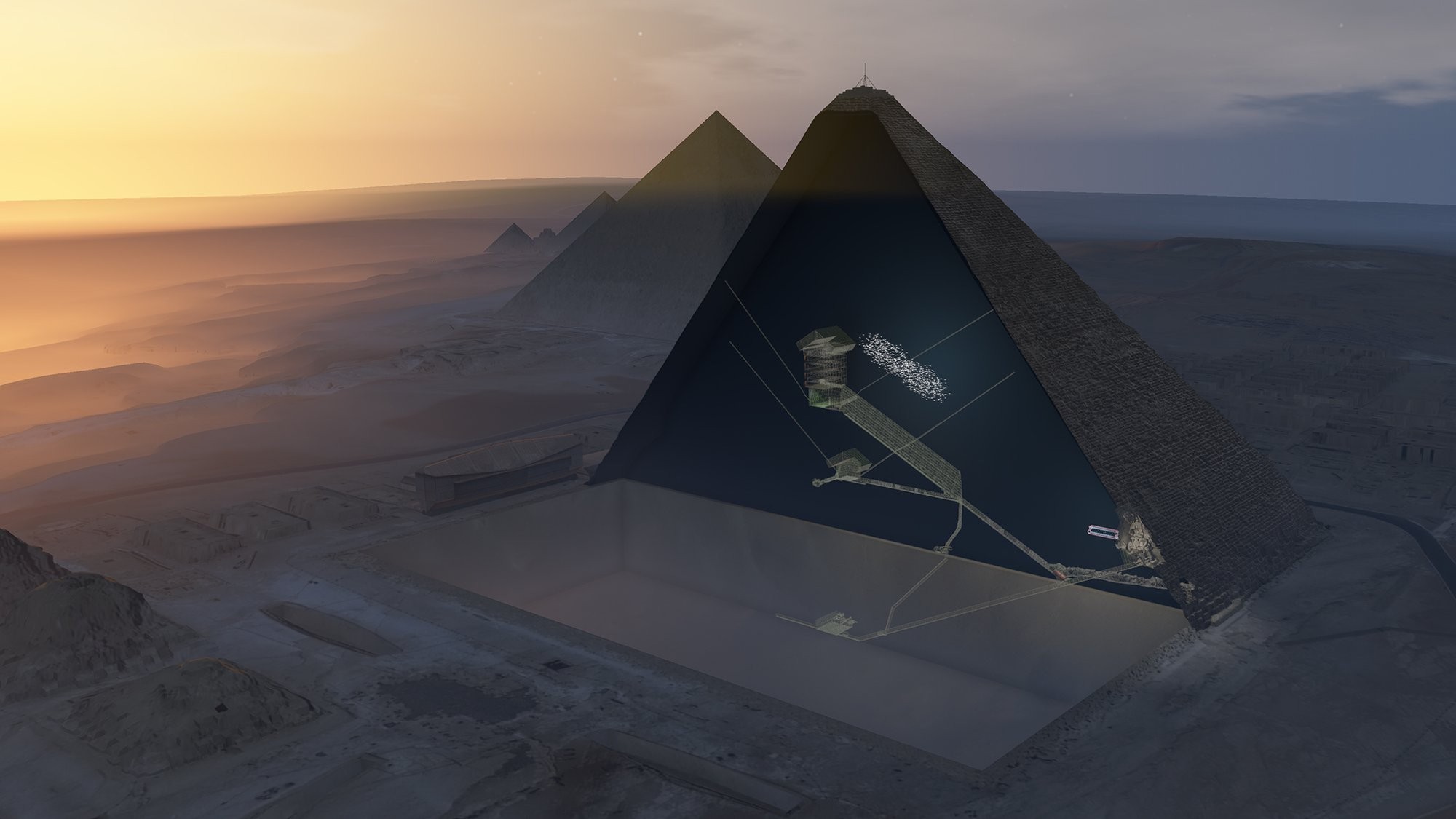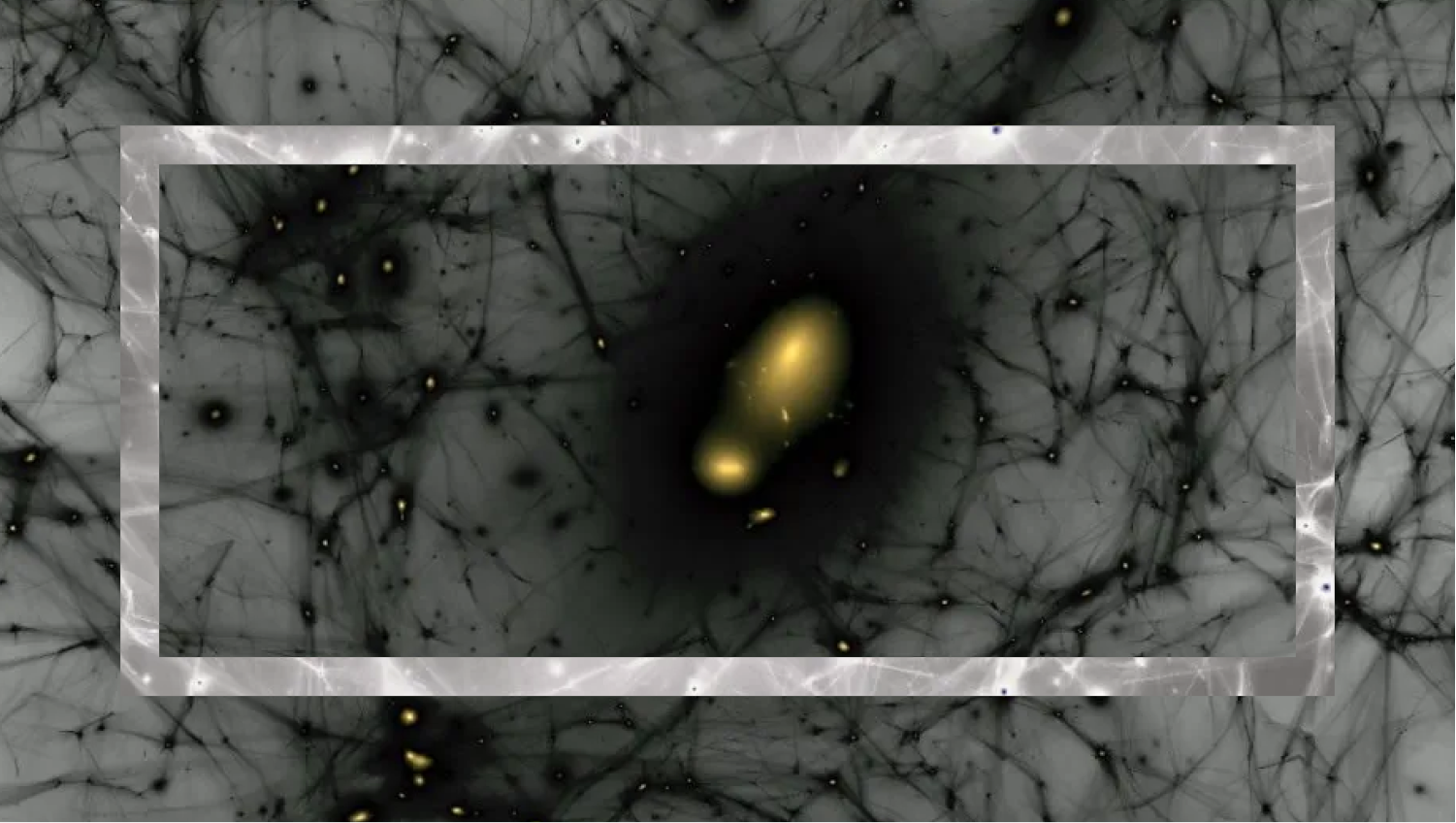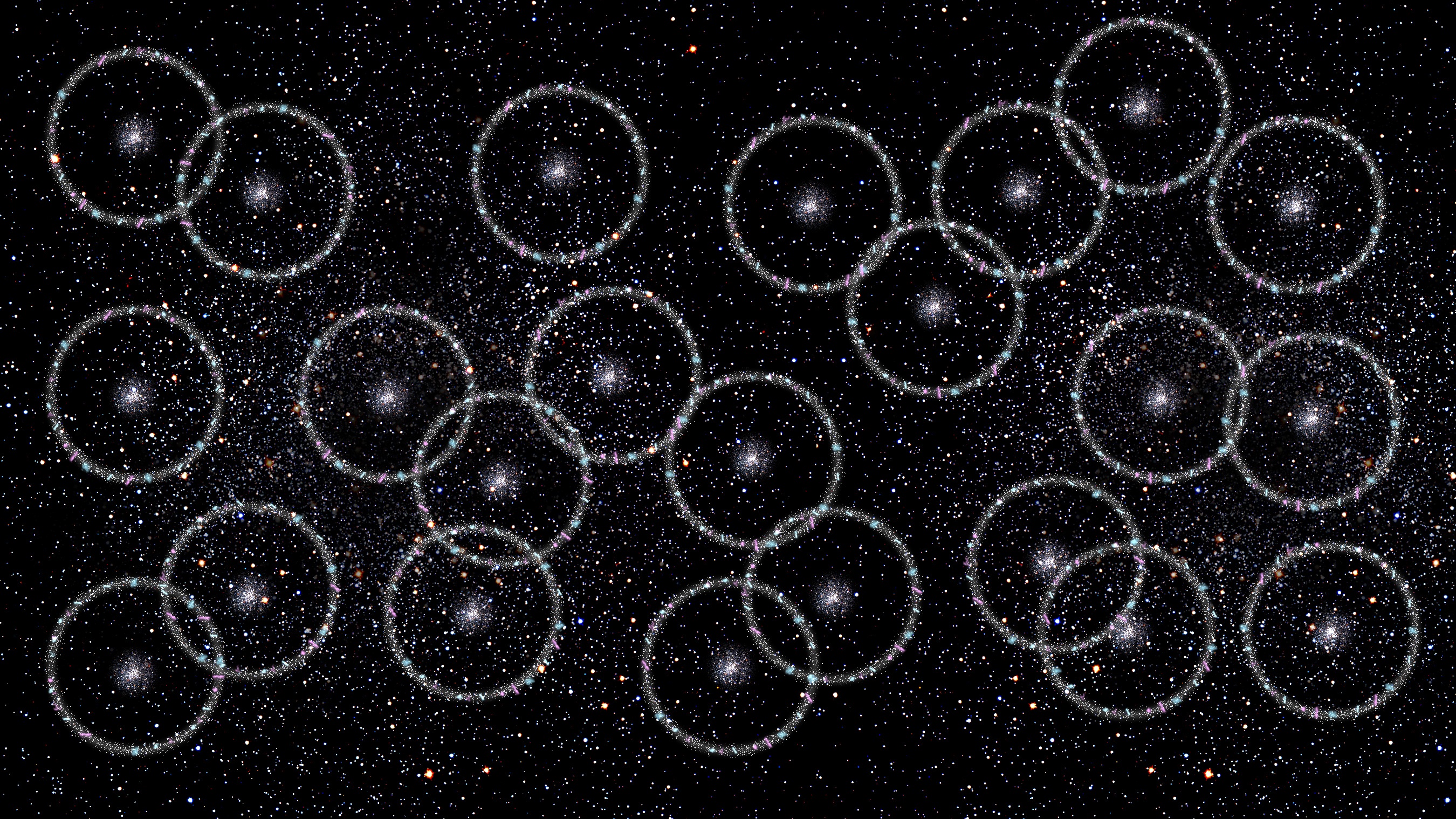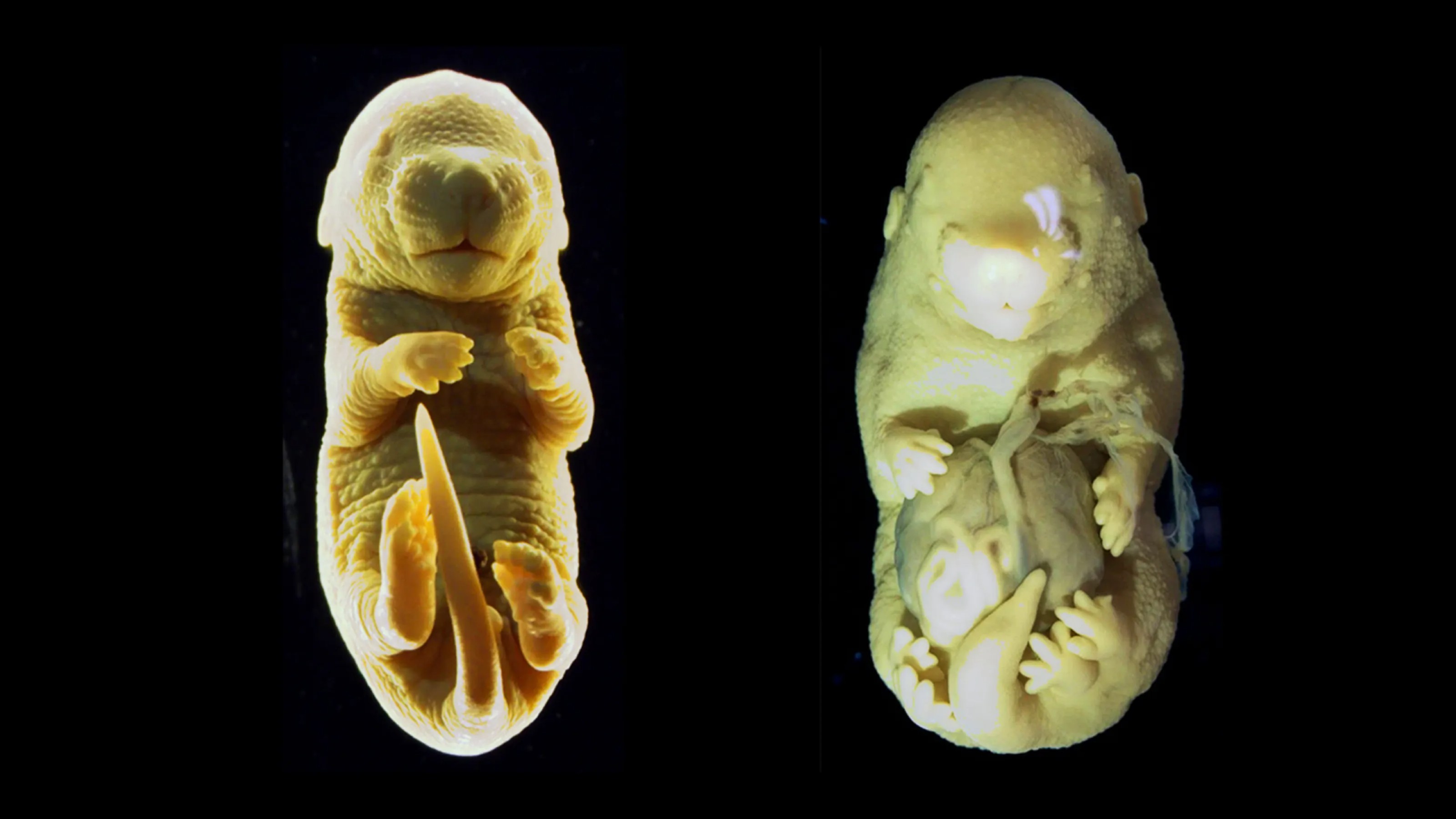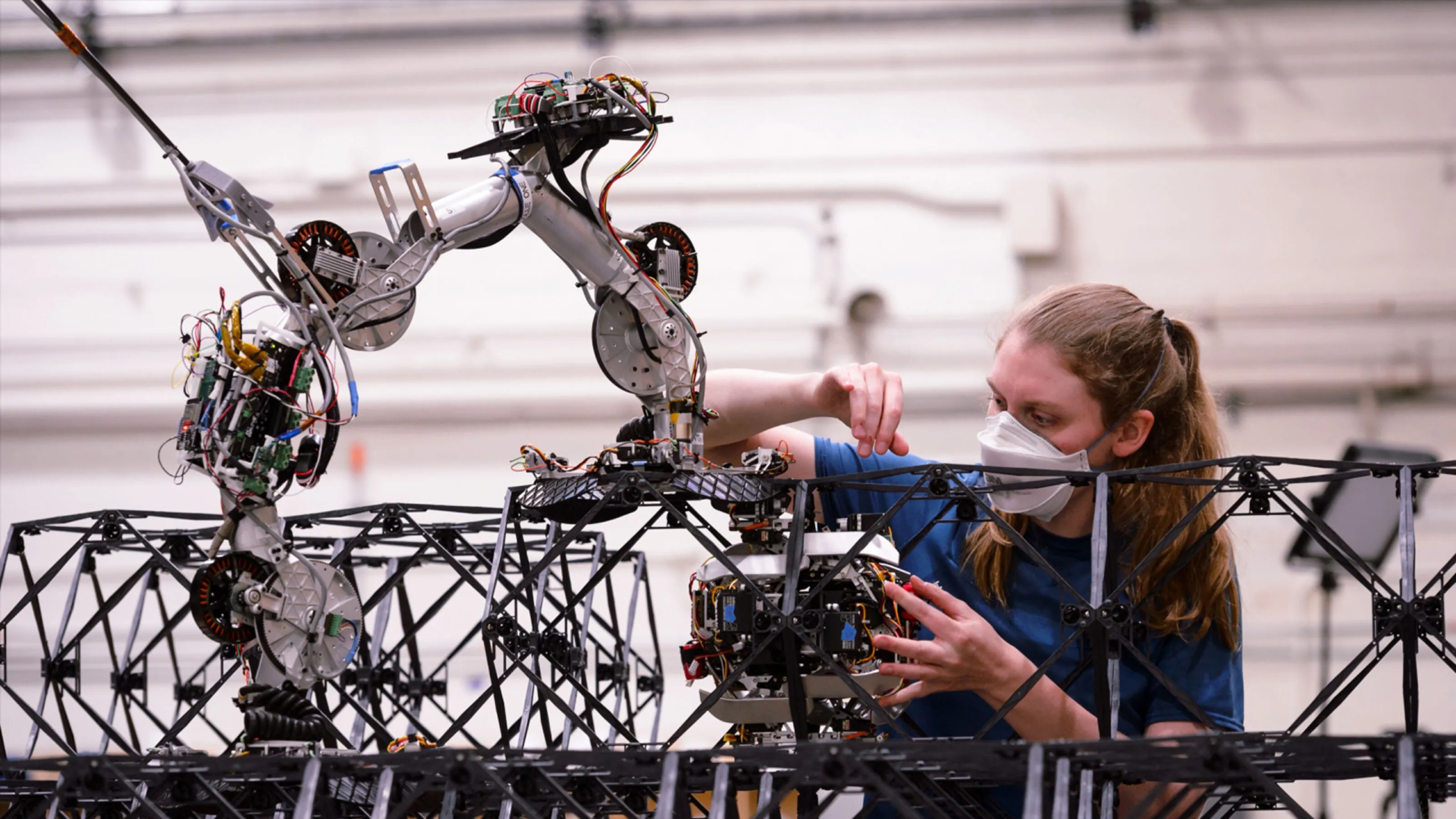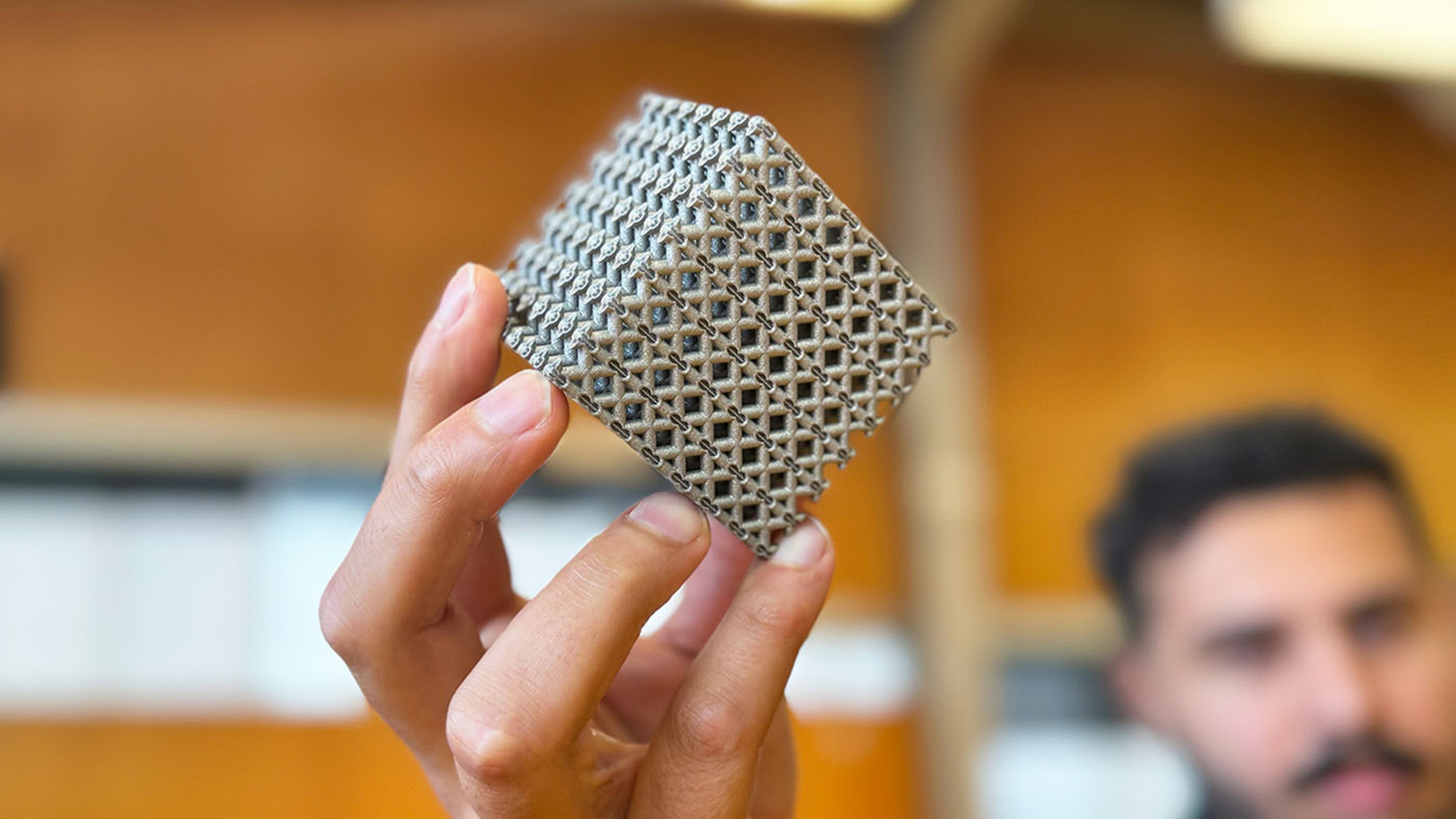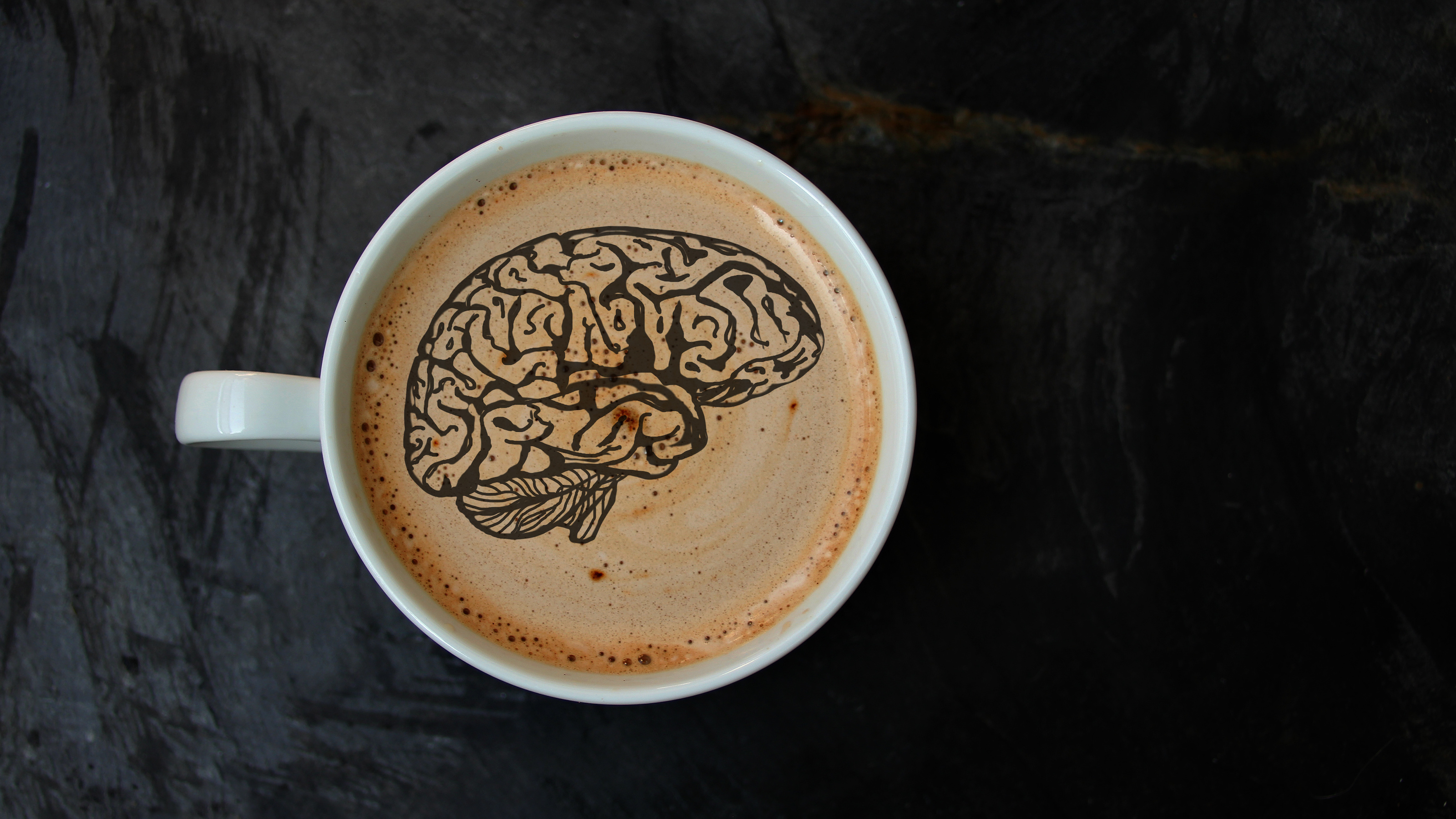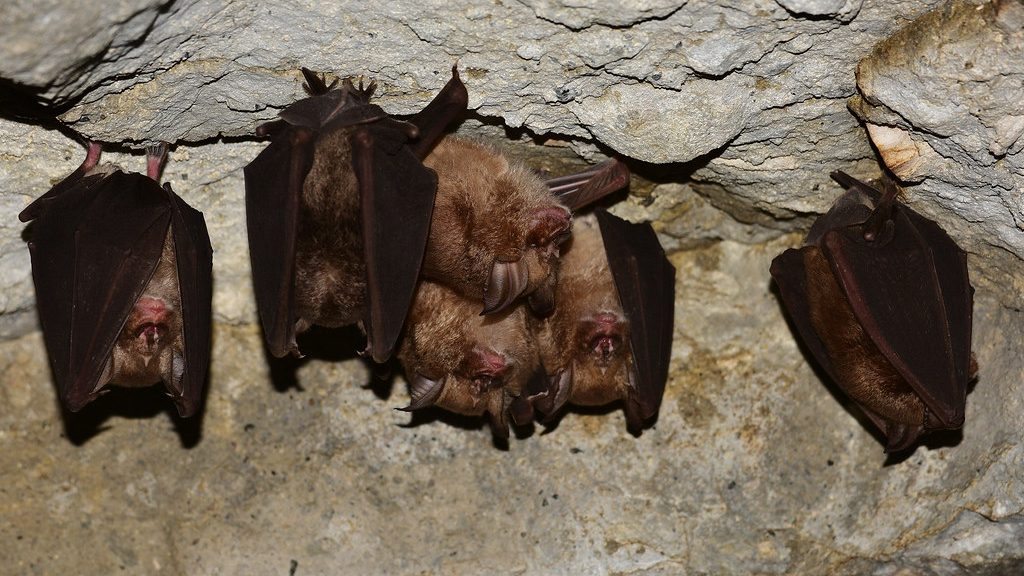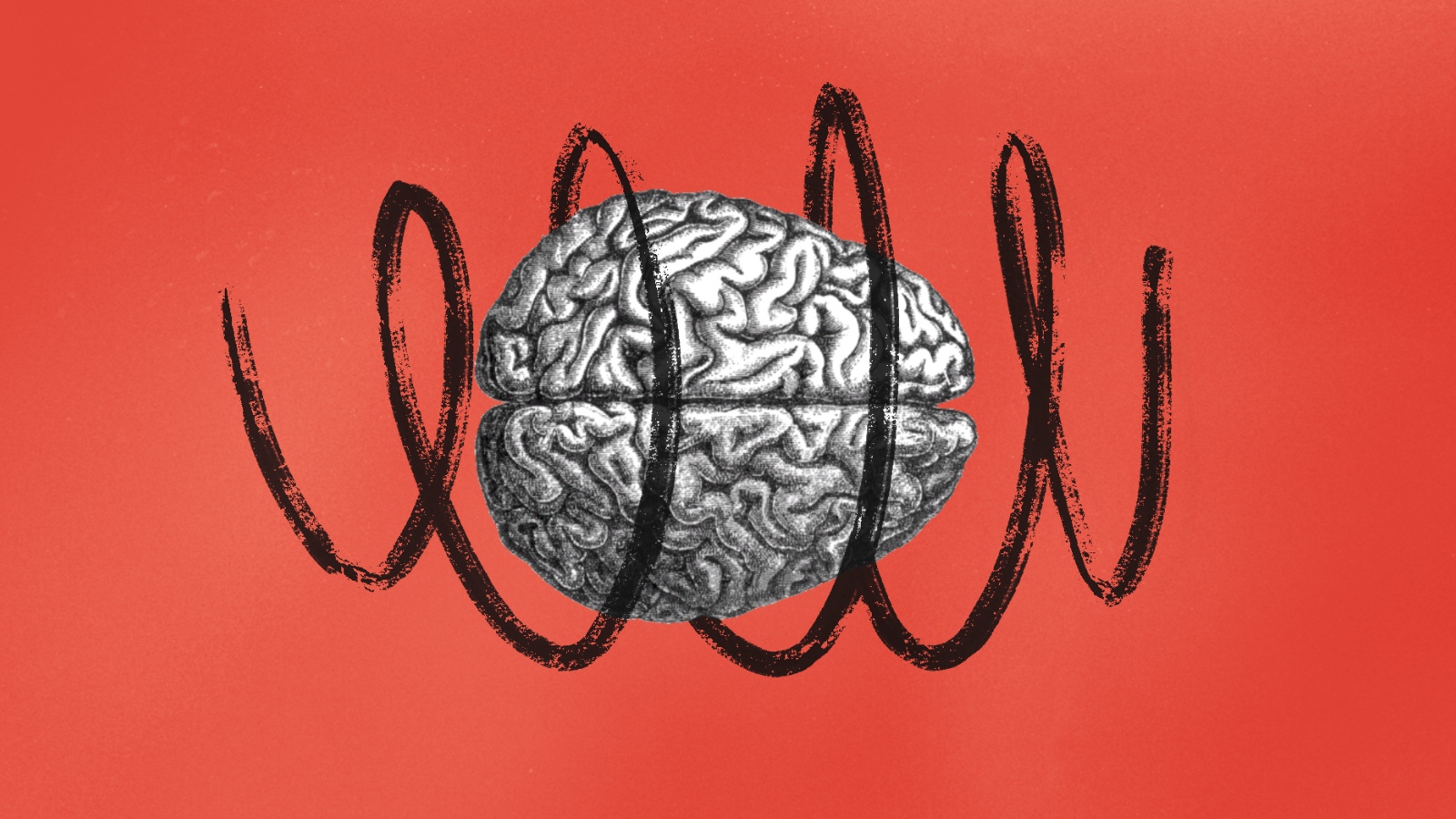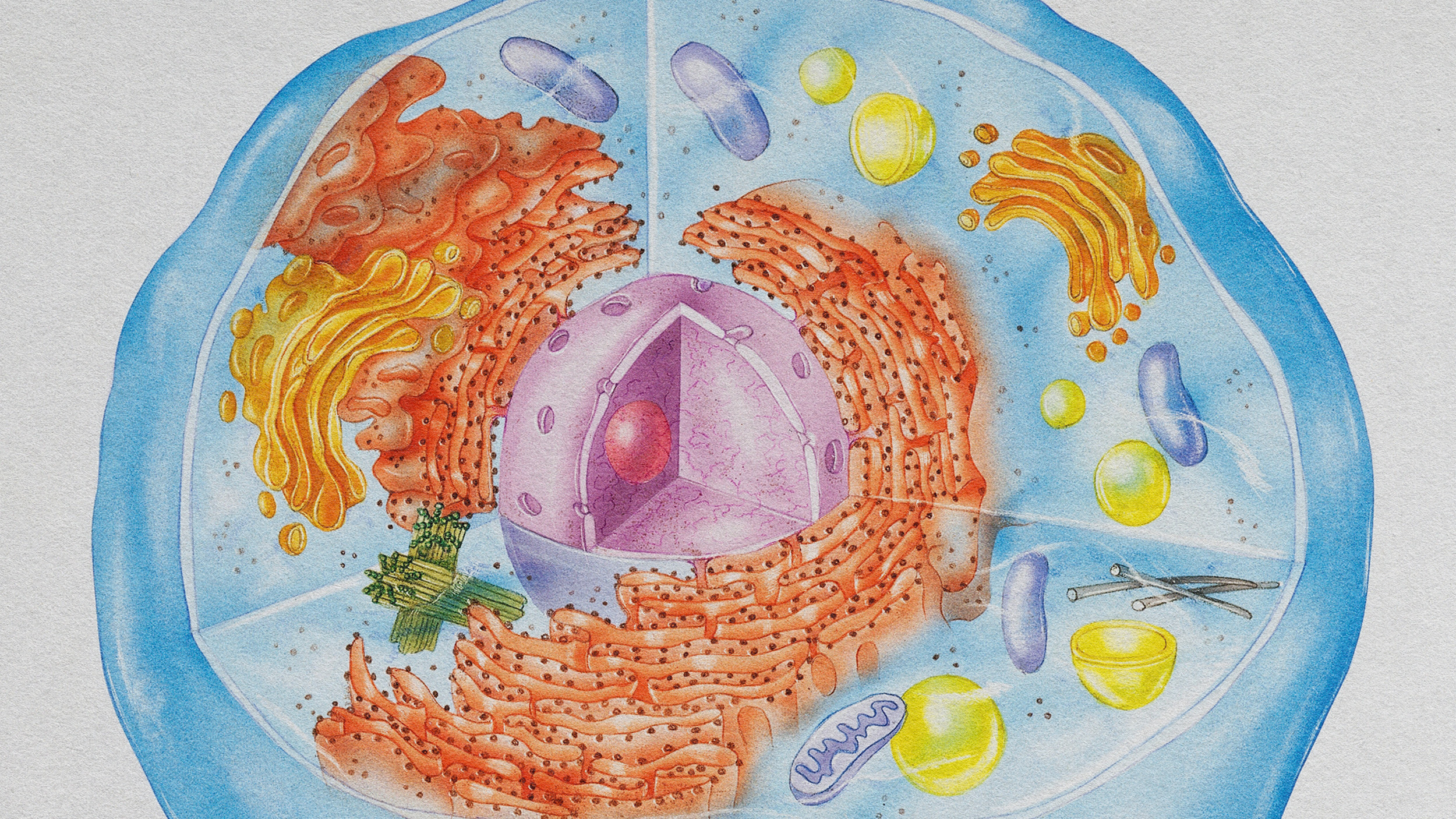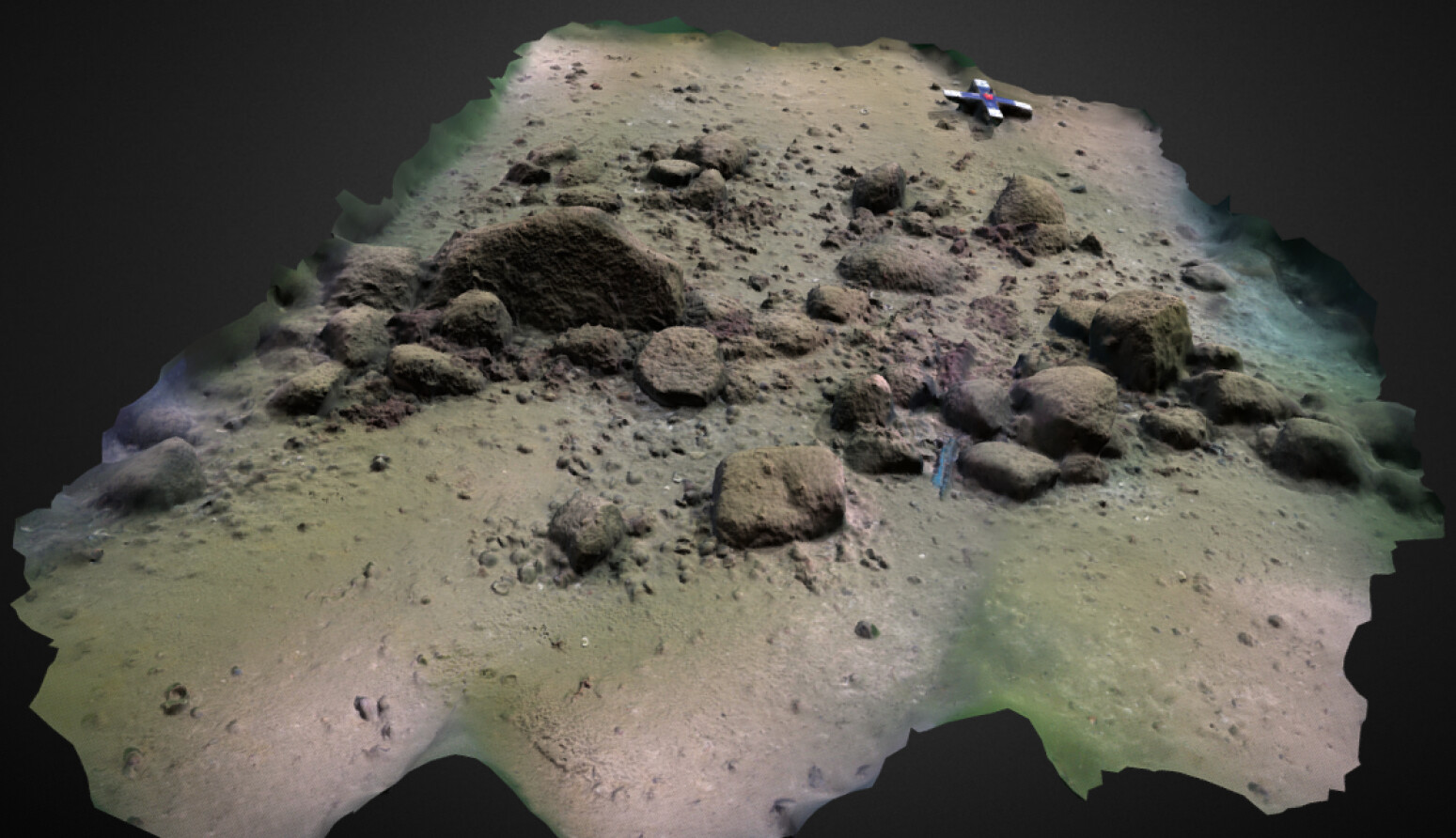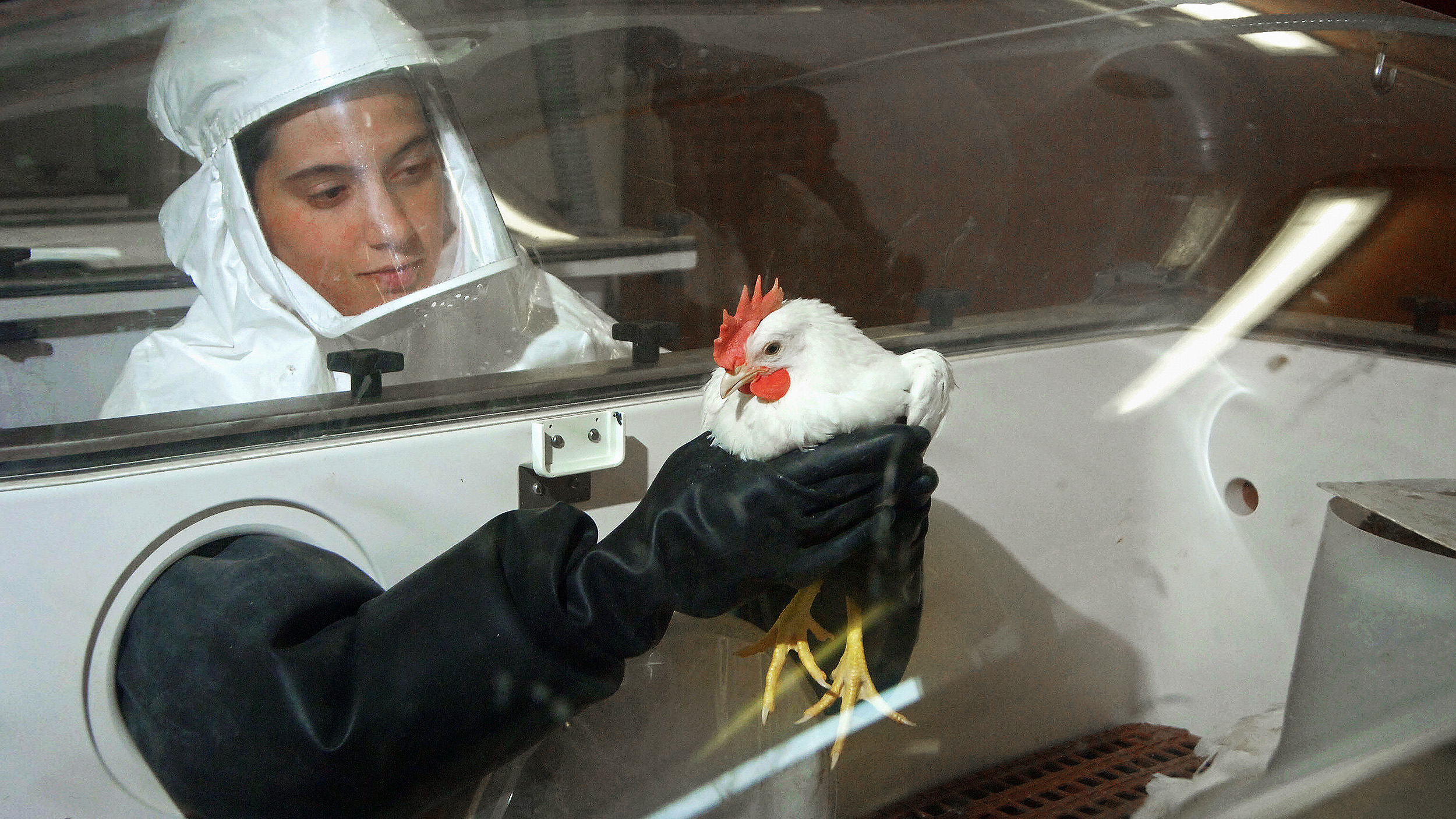Time to rewrite our understanding of structural engineering.
Search Results
You searched for: Structure
By focusing on the role of human experience, we may uncover new insights on the fundamental structure of reality.
Your life’s memories could, in principle, be stored in the universe’s structure.
Observations of an enormous cosmic structure, dubbed the “Big Ring,” seem to violate the Copernican principle.
Astronomers claim to have found structures so large, they shouldn’t exist. With such biased, incomplete observations, perhaps they don’t.
A photographer captured Bern’s eclectic and charming feline structures.
The structure of our Solar System has been known for centuries. When we finally started finding exoplanets, they surprised everyone.
We normally think of dark matter as the “glue” that holds galaxies and larger structures together. But it’s so much more than that.
What are dark matter and dark energy? The large-scale structure of the cosmos encodes them both, with ESA’s Euclid mission leading the way.
If you want to achieve new goals, harness your brain’s ability to change chemically, structurally, and functionally.
The structure is fully developed in humans, partially developed in chimps, and completely absent in Old World monkeys.
Fathers’ brains adjust their structure and function to parenthood.
By looking down, scientists are looking back in time.
Stone buildings in northern India reveal secrets of old structures that could save lives.
Almost every large structure in the Universe displays a 5:1 dark matter-to-normal matter ratio. Here’s how some galaxies defy that rule.
A Fermilab study confirms decades-old measurements regarding the size and structure of protons.
A non-invasive method for looking inside structures is solving mysteries about the ancient pyramid.
On the largest cosmic scales, galaxies line up along filaments, with great clusters forming at their intersection. Here’s how it took shape.
A spherical structure nearly one billion light-years wide has been spotted in the nearby Universe, dating all the way back to the Big Bang.
A study of spinal development took a strange turn and made a surprise discovery.
NASA gave three robots plans for a moon shelter, and the robots figured out how to build it.
It’s 50% stronger than comparable materials used in aerospace.
Compared to people who took a placebo, the brains of those who took caffeine pills had a temporarily smaller gray matter volume.
SARS-CoV-2 first emerged in humans in 2019. Despite much noise generated by lab leak proponents, the evidence indicates a natural origin.
Over time, different structures in the brain come to play unique roles in the storage and retrieval of long-term memories.
The galactic center is home to the most powerful engine in the Milky Way: a supermassive black hole. How does its energy ultimately escape?
Perhaps it’s not just an oddly shaped hill, after all.
Scientists agree that eons ago, a bacterium took up residence inside another cell and became its powerhouse, the mitochondrion. But there are competing theories about the birth of other organelles such as the nucleus and endoplasmic reticulum.
Archaeologists have identified what may be Europe’s oldest human-made megastructure.
Differences in certain avian and mammalian proteins explain why avian influenza doesn’t (typically) infect humans.
